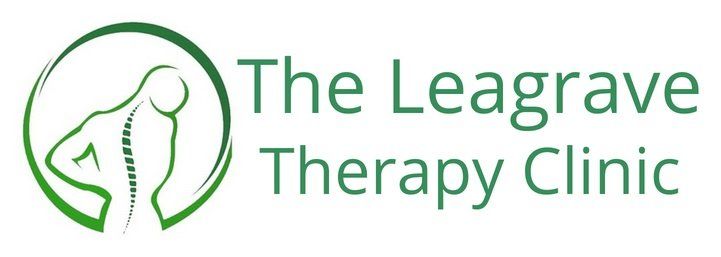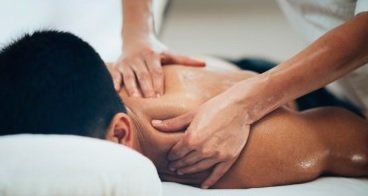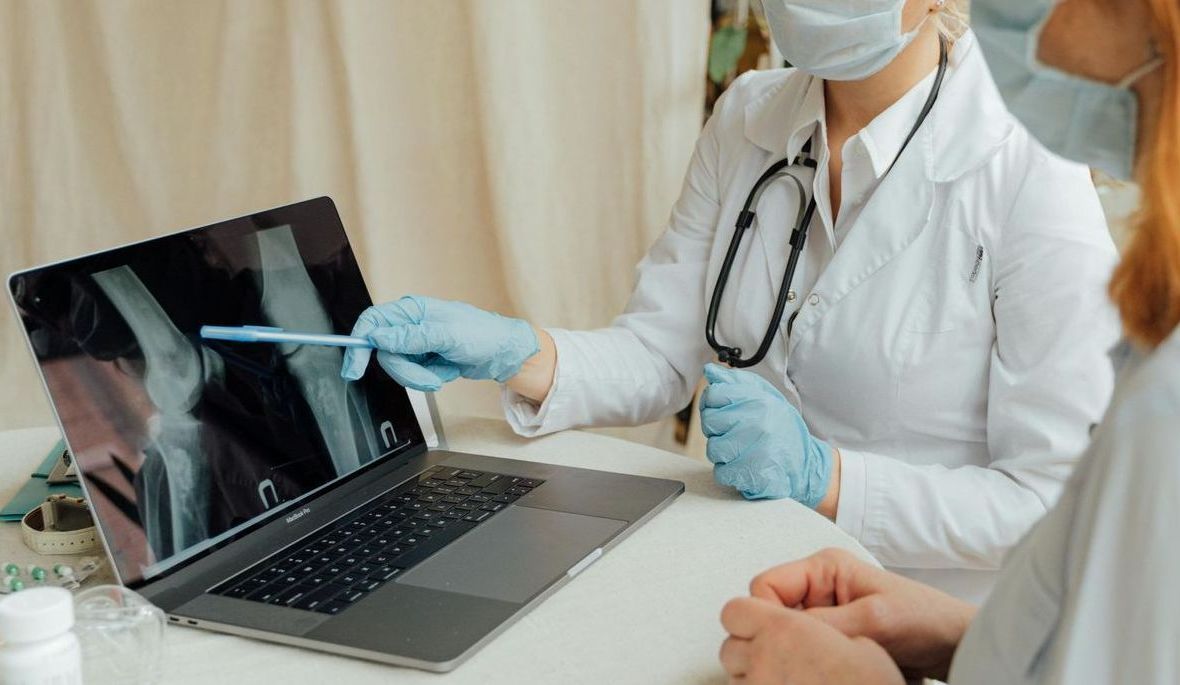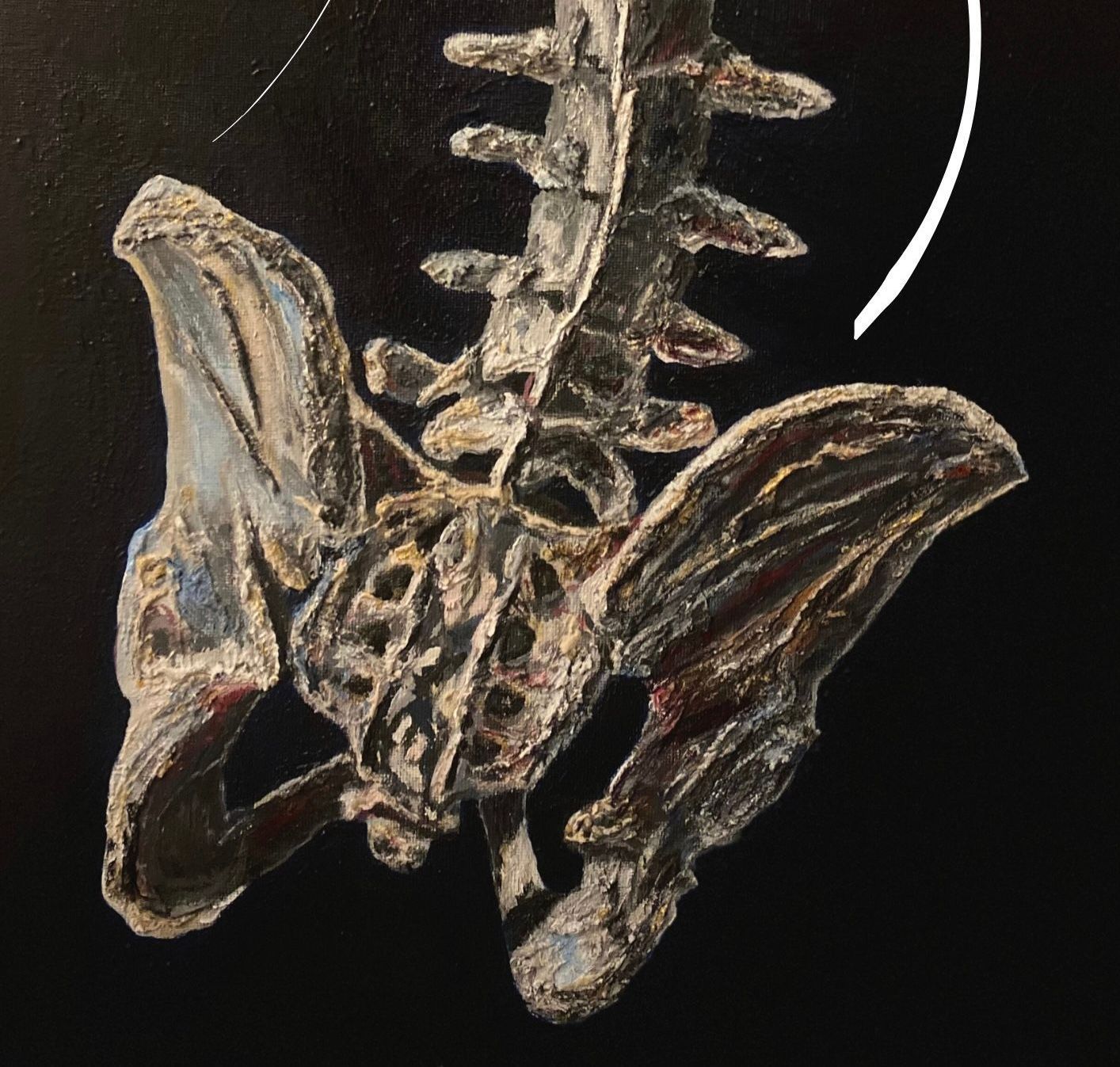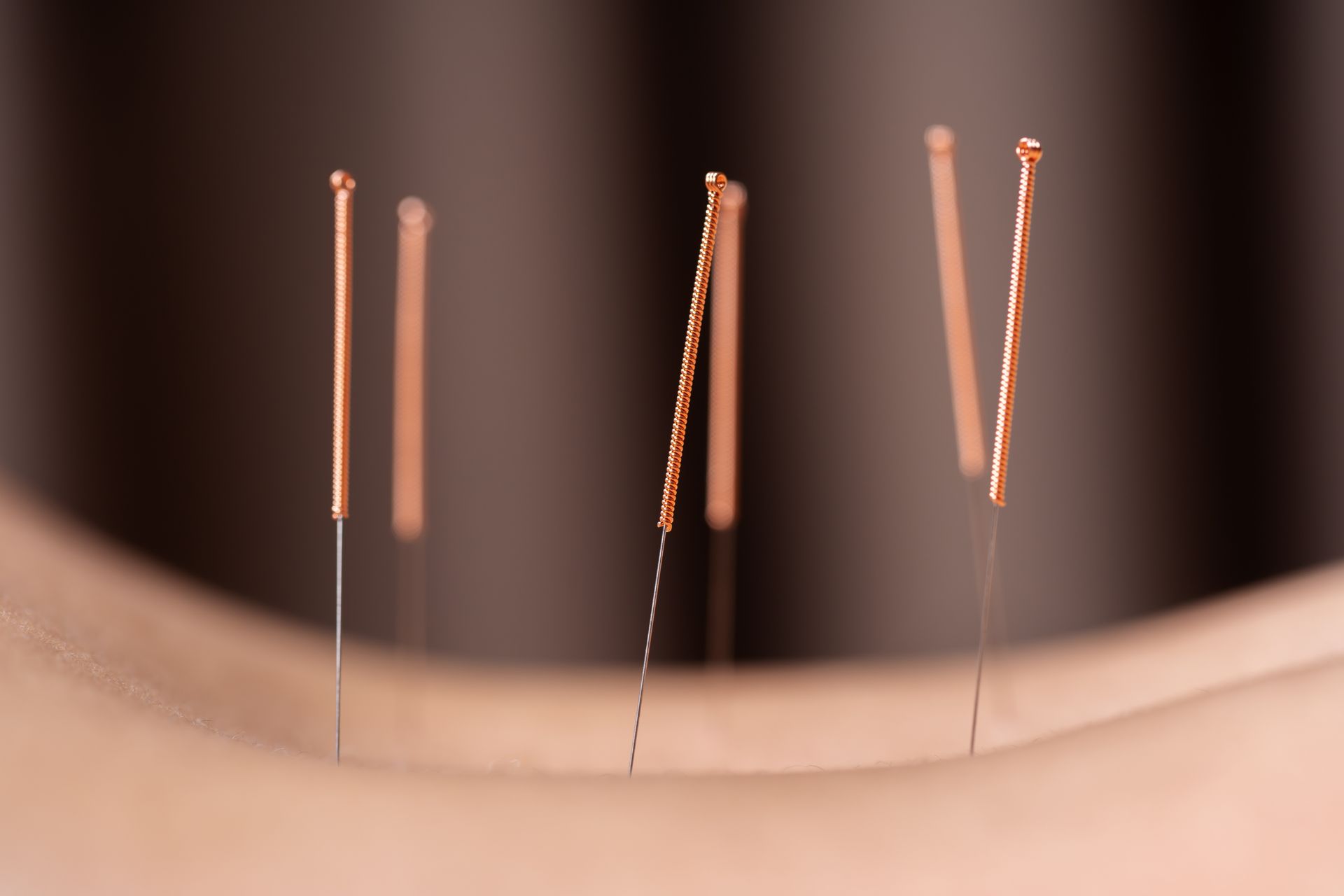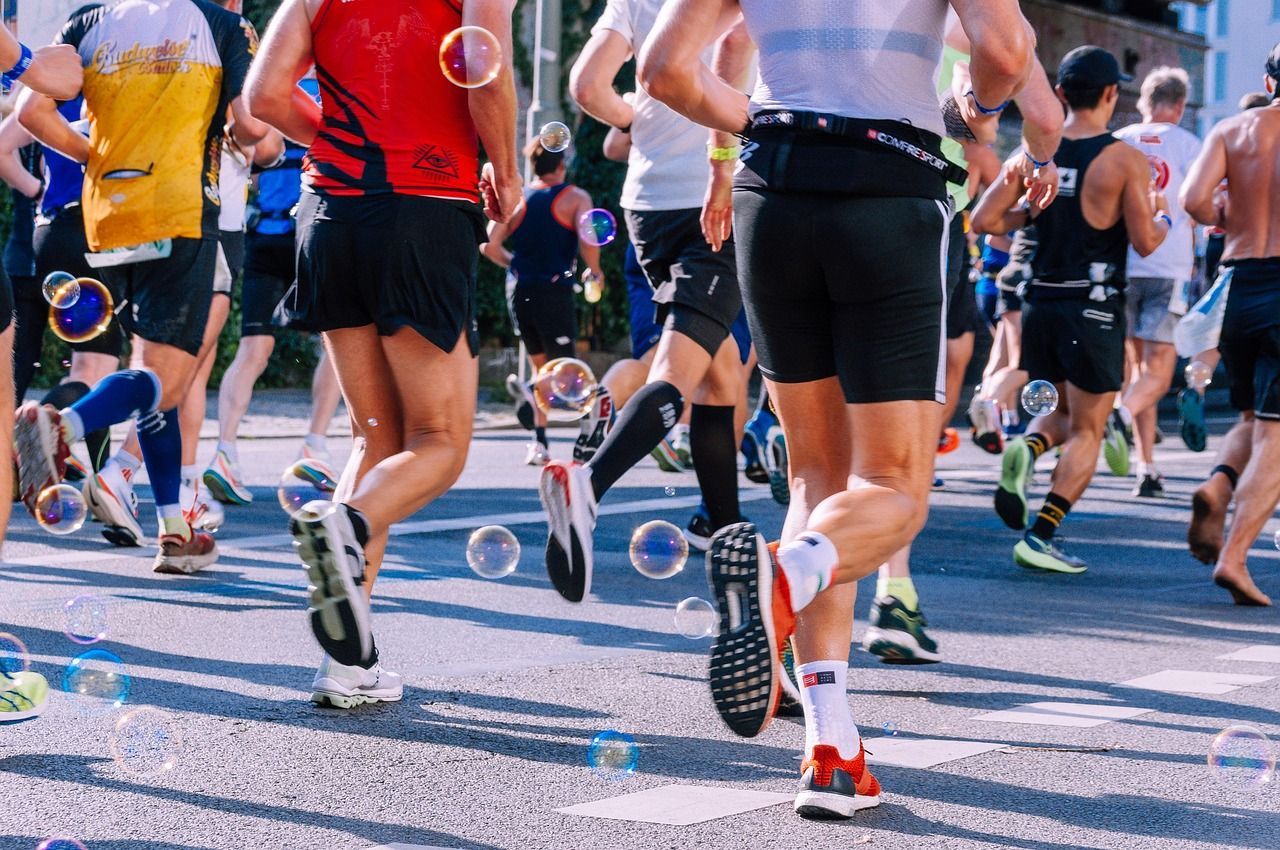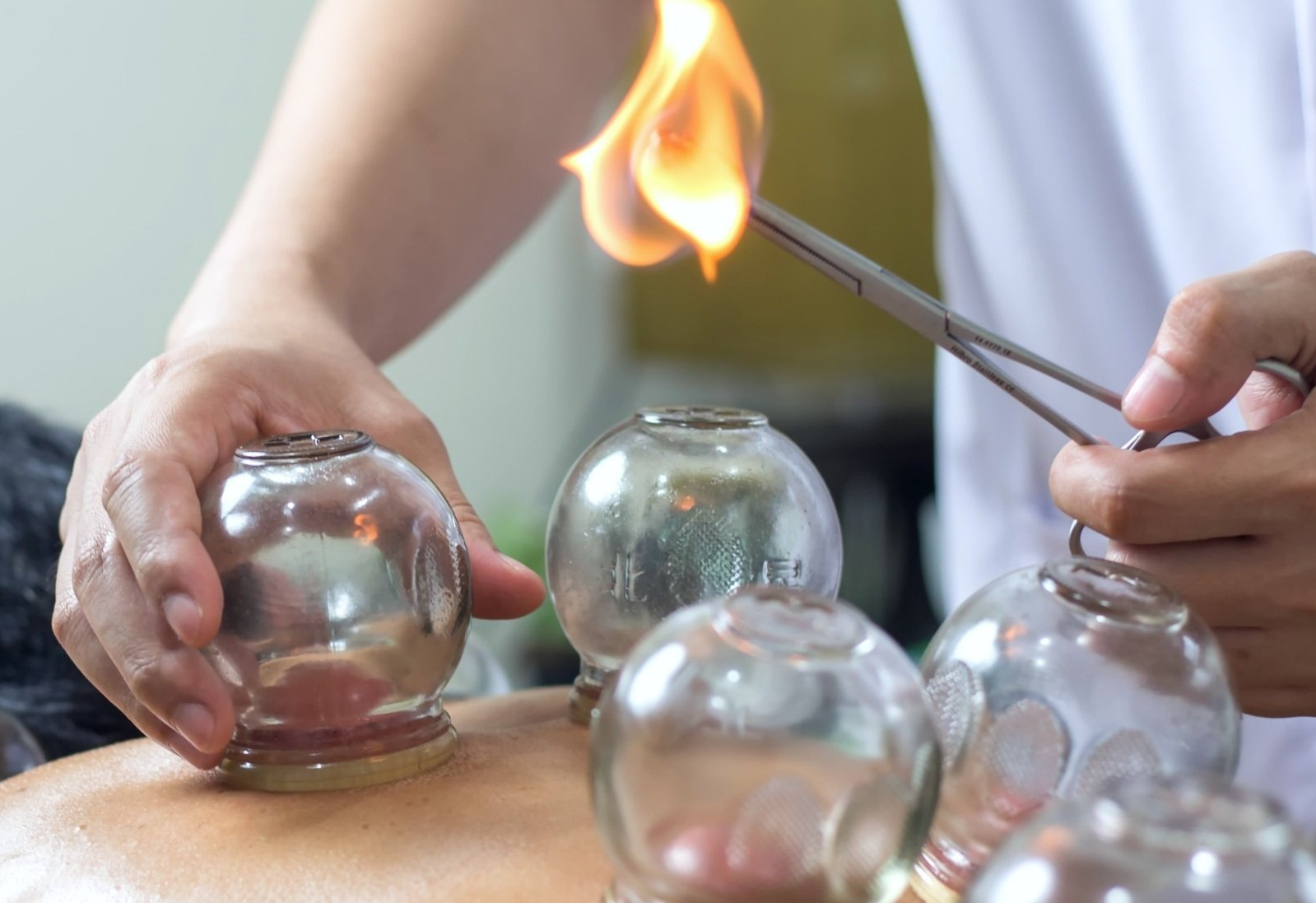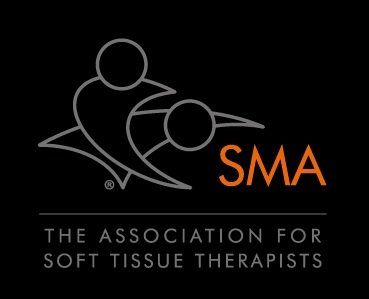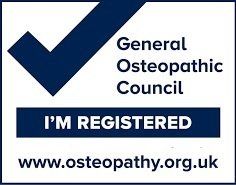Dry Needling (Medical Acupuncture) for Tennis Elbow
- by Joanna Blair
- •
- 15 Jun, 2025
- •
Dry Needling can be Provided at the Leagrave Therapy Clinic
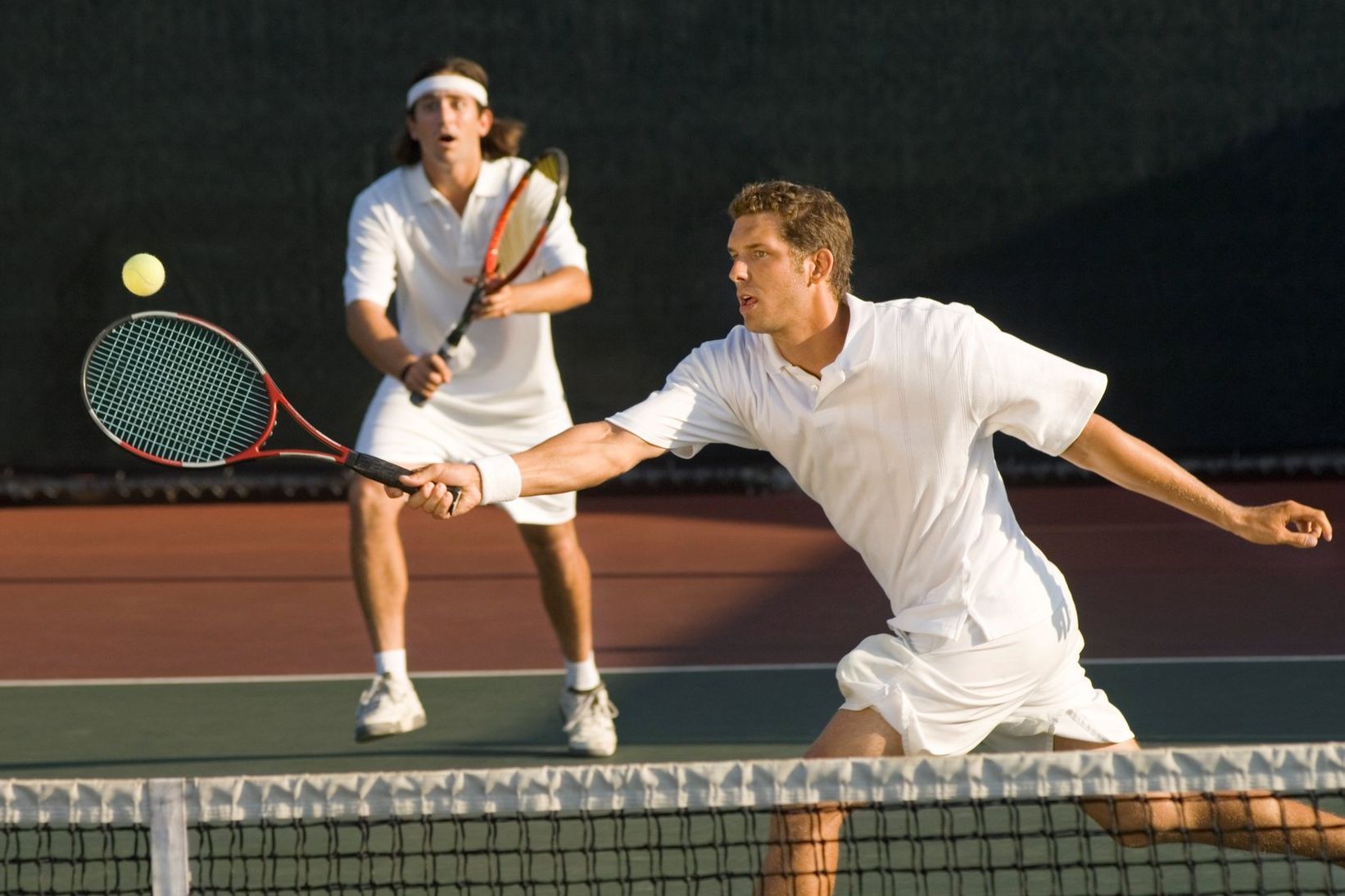
What is the Difference Between Acupuncture and Dry Needling?
Acupuncture focuses fixed acupoints, many of which lie along meridians which are associated with organ systems (e.g., Liver or Kidney) and apply affect the central nervous system, modulating pain and inflammation systemically.
Dry Needling applies acupuncture needles that focus on treating myofascial trigger points tight bands or knots in muscles that can refer pain to other areas. They are applied to muscle locations especially where trigger points or tensions are found. The technique induces a local twitch response, helping to relax the muscle and improve blood flow and works locally rather than systemically, based on muscle, fascia, and nerve anatomy.
How Medical Acupuncture Might Help with Tennis Elbow

1. Pain Reduction
Dry needling (or medical acupuncture) aims to help reduce pain by stimulating the nervous system to release endogenous opioids such as endorphins and enkephalins which act as anti-inflammatory mediators. They are naturally produced by the body and can reduce inflammation. Additionally, inserting acupuncture needles near the lateral epicondyle can modulate pain signals through the gate control mechanism and reduce the excitability of pain pathways.
2. Releasing Muscle Tension
The outer elbow muscles, especially the extensor carpi radialis brevis and longus, often develop tightness or trigger points due to repetitive strain. Dry needling directly targets these tense areas, inducing a localised twitch response that aims to improve muscle relaxation and improve blood flow. This not only relieves discomfort but also promotes better function and range of motion.
3. Improving Circulation and Healing
Dry needling helps to increase local microcirculation, help flush out inflammatory mediators, enhance oxygen and nutrient delivery to injured tissues. This process is essential in facilitating tissue repair in the tendons and surrounding musculature.
4. Neuromuscular Re-education
Chronic elbow pain can lead to changes in the way muscles are activated and controlled. By stimulating the nervous system, these therapies can help “reset” abnormal motor patterns, leading to improved coordination and reduced strain on the affected muscles.
Clinical Evidence
Numerous clinical studies support the use of dry needling/ medical acupuncture for lateral epicondylitis. Systematic reviews suggest that these interventions can significantly reduce pain and improve function when compared to standard care or placebo treatments. Furthermore, combining needling therapies with rehabilitative exercises and ergonomic adjustments offers the best long-term outcomes.
Within 1 week their study found that
- Pain intensity reduced
- Improved function
- Increased grip strength
- Improvements persisted at longer follow-ups (>1 week).
- Local twitch response was key .
A typical treatment plan for medical acupuncture might involve weekly sessions for several weeks, focusing on:
- Needling trigger points in the forearm extensors
- Targeting distal acupuncture points to modulate systemic pain responses
- Incorporating manual therapy and guided exercise for tendon loading
